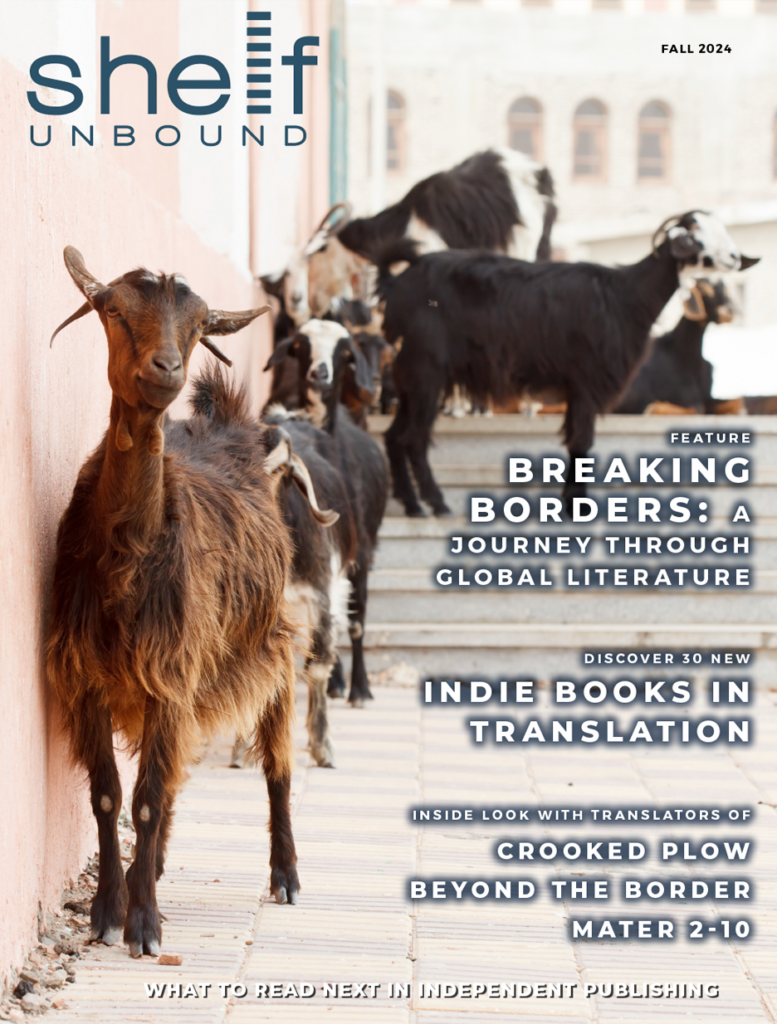By Sarah Kloth

Explore the rich tapestry of global narratives and discover the transformative power of translated works that transcend cultural and linguistic barriers.
In today’s interconnected world, literature serves as a powerful conduit for exploring and understanding diverse cultures. Translated works, in particular, offer a unique window into the rich tapestry of global narratives, allowing readers to traverse linguistic and cultural barriers. These stories, rendered into English from a multitude of languages, enable us to experience different perspectives and deepen our appreciation for the universal themes that bind us together as human beings.
The Art of Translation
Translation is both an art and a science. It requires not only an understanding of the source language but also a deep appreciation of the cultural context in which a story is set. A translator’s role is crucial: they must capture the essence of the original text while making it accessible to readers in another language. This delicate balance is what allows translated literature to resonate with audiences worldwide, offering them a taste of experiences and viewpoints they might never otherwise encounter.
Consider Jenny Erpenbeck’s Kairos, a novel originally written in German that explores the complex interplay between personal relationships and political turmoil. Set in 1980s East Berlin, Kairos follows the tumultuous affair between a young woman and an older man, encapsulating the broader disillusionment of East German society. The novel’s translation into English by Michael Hofmann preserves Erpenbeck’s lyrical prose and nuanced exploration of themes such as hope, power, and freedom. Through this translation, English-speaking readers can immerse themselves in the emotional and political landscape of a period marked by significant change.
A Journey to Rural Argentina
Similarly, Selva Almada’s Not a River offers a glimpse into the life of rural Argentina. The novel revolves around a fishing trip that turns into a profound exploration of guilt and violence within a close-knit community. Almada’s portrayal of the Argentine countryside and its inhabitants is rich with local color and emotional depth. Annie McDermott’s translation captures the novel’s stark beauty and underlying tension, allowing readers to engage with Almada’s evocative storytelling. Through this translation, the nuances of rural Argentine life and the universal themes of personal struggle and redemption become accessible to a global audience.
Exploring Korean History Through Fiction
Mater 2-10 by Hwang Sok-yong provides another compelling example of the power of translation. This epic novel spans a century of Korean history, weaving together the lives of various characters to reflect on the country’s social and political evolution. The translation, done by Sora Kim-Russell and Youngjae Josephine Bae, brings to English-speaking readers a profound narrative that explores themes of family, resilience, and the impact of historical events on individual lives. Through this work, readers gain insight into Korea’s complex past and its effects on personal and collective identities.
The Emotional Landscape of Grief
In What I’d Rather Not Think About, Jente Posthuma delves into the intimate and often painful process of grief. Translated from Dutch by Sarah Timmer Harvey, the novel presents a series of vignettes that explore the various facets of loss with a mixture of melancholy and surprising humor. Posthuma’s precise and evocative prose is preserved in translation, allowing readers to connect with the novel’s emotional depth and universal themes. The translation makes it possible for a wider audience to engage with the intricacies of human emotion as portrayed through Posthuma’s unique lens.
Stories from Brazil and Italy
Crooked Plow by Itamar Vieira Junior, translated by Johnny Lorenz, offers a gripping narrative set in Brazil’s poorest region. The novel’s portrayal of subsistence farmers and their daily struggles is both captivating and heart-wrenching. Lorenz’s translation ensures that the vivid imagery and poignant storytelling are faithfully conveyed, allowing readers to understand the socio-economic challenges faced by the characters. This work highlights the importance of storytelling in shedding light on marginalized communities and fostering empathy.
Domenico Starnone’s The House on Via Gemito takes readers to Italy, where a family saga unfolds with intricate dynamics and emotional complexity. Translated by Oonagh Stransky, Starnone’s novel provides a rich exploration of family relationships and personal histories. The translation preserves the novel’s narrative flow and emotional resonance, offering readers a chance to delve into the cultural and familial intricacies of Italian life.
The Universal Connection
What unites these diverse narratives is their exploration of universal themes such as love, loss, power, and resilience. Translated literature allows readers to engage with these themes from different cultural perspectives, broadening their understanding of the human experience. Whether it’s the political disillusionment of East Germany, the haunting beauty of rural Argentina, or the familial complexities of Italy, these stories offer insights into the shared aspects of our lives while also highlighting the unique characteristics of different cultures.
The Impact of Translated Literature
The importance of translated literature extends beyond mere entertainment. These works foster cross-cultural understanding and empathy by presenting readers with experiences and viewpoints from around the world. They challenge readers to confront their own assumptions and broaden their perspectives, contributing to a more nuanced and inclusive view of global issues.
Translated literature enriches the literary landscape by introducing readers to voices and stories that might otherwise remain unheard. It celebrates the diversity of human experiences and underscores the idea that, despite our differences, we are all connected through common themes and emotions.
Conclusion
Breaking down linguistic and cultural barriers through literature is a testament to the power of storytelling. Translated works not only enhance our appreciation of global narratives but also contribute to a deeper understanding of the world’s rich and varied cultures. By engaging with these stories, we embark on journeys that reveal both the universality of human experience and the distinctiveness of individual cultures. In celebrating translated literature, we embrace the diversity of voices and perspectives that shape our shared human experience, fostering a greater sense of connection and empathy in an increasingly globalized world.

